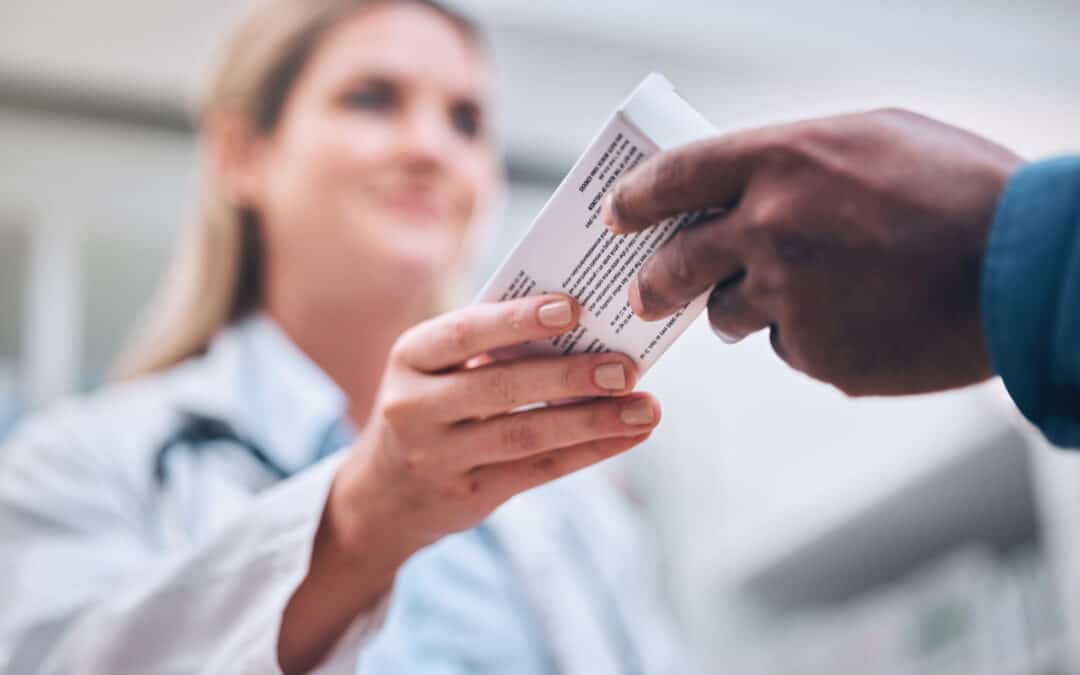Although the treatment of opioid use disorder (OUD) can be approached in a range of ways, medication-assisted treatment (MAT) is a proven method to not only treat the addiction but prevent relapse. Suboxone is one of the common medications used throughout the process. But what exactly is Suboxone and what makes it the right choice for opioid addiction recovery?
There have been many myths about Suboxone floating around–and it’s natural if you’re concerned as to whether this is the right treatment for you or your loved one. So here, we’re going to look into Suboxone to support OUD treatment in detail to help you make the right, informed decision.
What is Suboxone?
Suboxone is used within MAT and combines two medications; buprenorphine and naloxone. It is fully approved by the FDA and comes in the form of a sublingual film or tablets that dissolve under the tongue.
Suboxone works to reduce and eliminate both withdrawal symptoms and cravings caused by opioid use disorder. This may seem like a cause for concern to some and can lead to the myth that a person with OUD is just replacing one opioid for another. But that isn’t true.
Suboxone does reach the brain’s opioid receptors, but not fully. Unlike opioids such as heroin or oxycodone, it isn’t classed as a complete agonist. This makes it safer to use. In fact, it’s described as only having a moderate to low warning for addiction or abuse. However, this does mean that it’s classed as a Schedule III controlled substance as a result.
Now, the key to Suboxone’s success is the medical makeup and the science behind how it works. But first, let’s consider why it’s commonly used for the treatment of OUD.
The Science Behind How Suboxone Works
Suboxone combines the medications of buprenorphine and naloxone, but they both bring different benefits to the table.
Buprenorphine
As we mentioned, buprenorphine is a partial agonist. So this means it will cause a reaction in the brain, like other opioids do. But the key here is that it’s slow and won’t provide a high the way the likes of heroin or oxycodone do. And as we saw, it also blocks some opioid effects and has a ceiling in order to prevent harmful effects.
Buprenorphine’s main role is to ease withdrawal symptoms but also reduce the cravings for opioid use. It tends to leave a feeling of stability too.
Naloxone
Then we have naloxone. This is used to block the effects of opioids. It’s there to ensure that the misuse of the medication doesn’t happen (meaning used in any way other than the way it was prescribed).
Why Is Suboxone Used?
Suboxone is specifically used to treat opioid use disorder under the treatment called medication-assisted treatment (MAT). This means that FDA-approved medications such as Suboxone are prescribed alongside social and behavioral treatments, like therapy, for a holistic approach to treating OUD.
Again, the concerns around treatment using an opioid may come up, but the FDA fully back Suboxone as an effective treatment of OUD when used in MAT. They confirm that the makeup of buprenorphine not only reduces withdrawals and cravings but also dulls the pleasure associated with other opioids to make using much less enticing. So let’s take a look at how.
How Effective is Suboxone?
To truly determine just how effective Suboxone can be in treating OUD, it’s essential to consider the statistics. According to the National Library of Medicine, in a Swedish study where some participants were given buprenorphine and others a placebo, 75% of those with the buprenorphine saw a year-long retention rate and negative urine drug test in comparison to 0% with the placebo.
How Someone Can Get the Most Out of Suboxone
As we’ve seen, Suboxone is proven to be an effective treatment for OUD for not only reducing withdrawal symptoms and cravings but also preventing relapses. But in order for patients to get the most out of Suboxone, here at Better Life Partners we believe that medication-assisted treatment provides a whole-person approach.
We not only provide you with the support and tools you need to achieve long-term recovery, but we do so without judgment or punishment and on your schedule. BLP provides flexible options, such as virtual groups, to ensure that your treatment is fully customized and works with your lifestyle.
Call us today at (866) 679-0831 or contact us online to start your journey to recovery with BLP.
Sources
Harvard Health Publishing – 5 myths about using Suboxone to treat opiate addiction
Medical News Today – Suboxone (buprenorphine and naloxone)
National Library of Medicine – Buprenorphine
US Food and Drug Administration – FDA approves first generic versions of Suboxone sublingual film, which may increase access to treatment for opioid dependence
National Library of Medicine – Suboxone: Rationale, Science, Misconceptions





